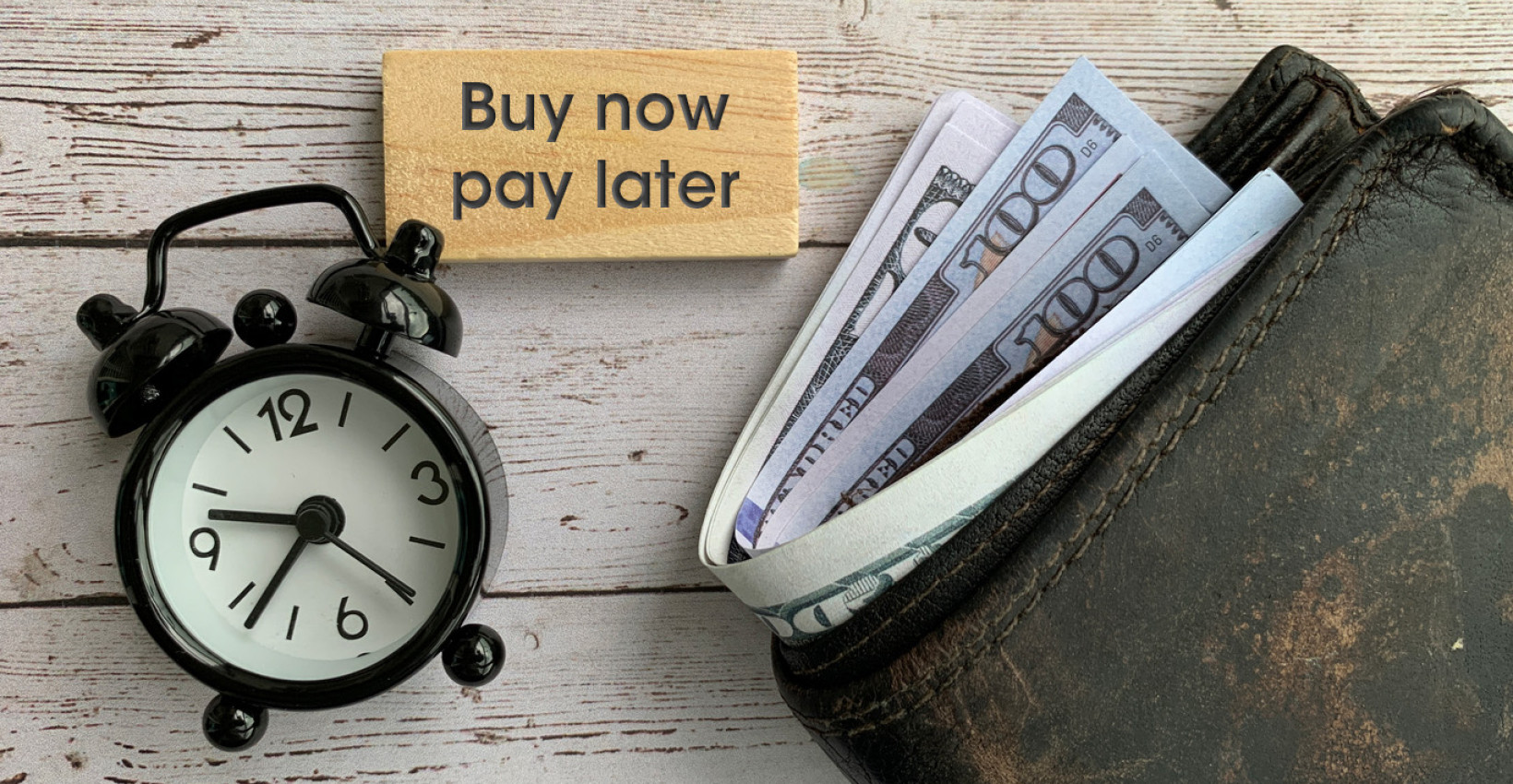How to navigate Buy Now, Pay Later options

You’ve been waiting for weeks, and it’s finally time to purchase tickets to the concert you’ve been obsessed with attending. You find the best seats for you and your crew, add them to your cart, and get your payment card ready for the transaction. Then, as you work your way through the payment screen, humming a tune from the artist’s setlist, you notice an option for payment: Buy Now, Pay Later.
“Hmmm,” you think. “Maybe I should buy these now and pay for them later.” Buy Now, Pay Later services can be convenient, but it’s important to use them responsibly — because if you’re not careful, you may find yourself falling into debt. Let’s talk about how to avoid paying a hefty price on Buy Now, Pay Later purchases.
Remember it’s not free money
When you decide to utilize a Buy Now, Pay Later service, it’s important to understand that you are essentially taking out a loan to finance your purchase, and the amount of your initial purchase will be broken into multiple payments due over a certain period of time. It’s important to understand that the money you’re borrowing from the service will need to be repaid in full, often with additional fees or interest charges. Before you sign up for a Buy Now, Pay Later service, make sure that you fully understand the terms and conditions, including the payment schedule, as well as any applicable fees or finance charges that may apply. And remember that you still need to work those required payments into your budget!
Use discretion
Only use Buy Now, Pay Later services for purchases that you would have made anyway, and that are within your budget. Be mindful of your spending, especially with these services that make it easier to buy right away. Set a monthly or weekly budget for discretionary spending and stick to it. If what you’re purchasing fits within that budget, then you’re likely OK to make that purchase. If not, take some time to consider whether this purchase will set you back when the payments come due. A key question to ask yourself is: Will Future Me be pleased with this decision? Then you can decide based on your answer.
Plan it out
To use Buy Now, Pay Later services responsibly, you need to keep track of what you owe and when those payments are due. Many Buy Now, Pay Later services offer mobile apps and online portals where you can keep track of your balance and all upcoming payments. Set reminders in your phone or calendar to make sure you don’t miss a payment. Staying on top of your payment schedule is important because missed payments can result in fees, finance charges, and damage to your credit score.
Use only for infrequent expenses
Avoid using Buy Now, Pay Later services for daily expenses like groceries, gas, or bills. While it’s tempting to use these services when money is tight, it’s important to use them only for less frequent expenditures like appliance purchases or experiences like concerts. Choosing Buy Now, Pay Later services to survive paycheck-to-paycheck creates a rut where you’re repeatedly paying off old balances for groceries you’ve already eaten or electricity you’ve already used. If that’s the case, it may be time to reassess your budget and explore ways to reduce your monthly payments.
Consider paying it off early
To minimize the amount of interest you must pay, consider paying off your Buy Now, Pay Later service early. If you find that you’re struggling to make the payments, speak with the service provider early on to explore your options. They may be able to offer a more affordable payment plan to keep you from falling further into debt.
Overall, Buy Now, Pay Later services can be a useful tool for managing large or unexpected purchases if used properly, but it’s important to use them responsibly and in a way that supports your long-term financial wellness. If you follow these tips and stay focused on your budget and expenses, Future You might be proud of your decision!
Learning Center articles, guides, blogs, podcasts, and videos are for informational purposes only and are not an advertisement for a product or service. The accuracy and completeness is not guaranteed and does not constitute legal or tax advice. Please consult with your own tax, legal, and financial advisors.




